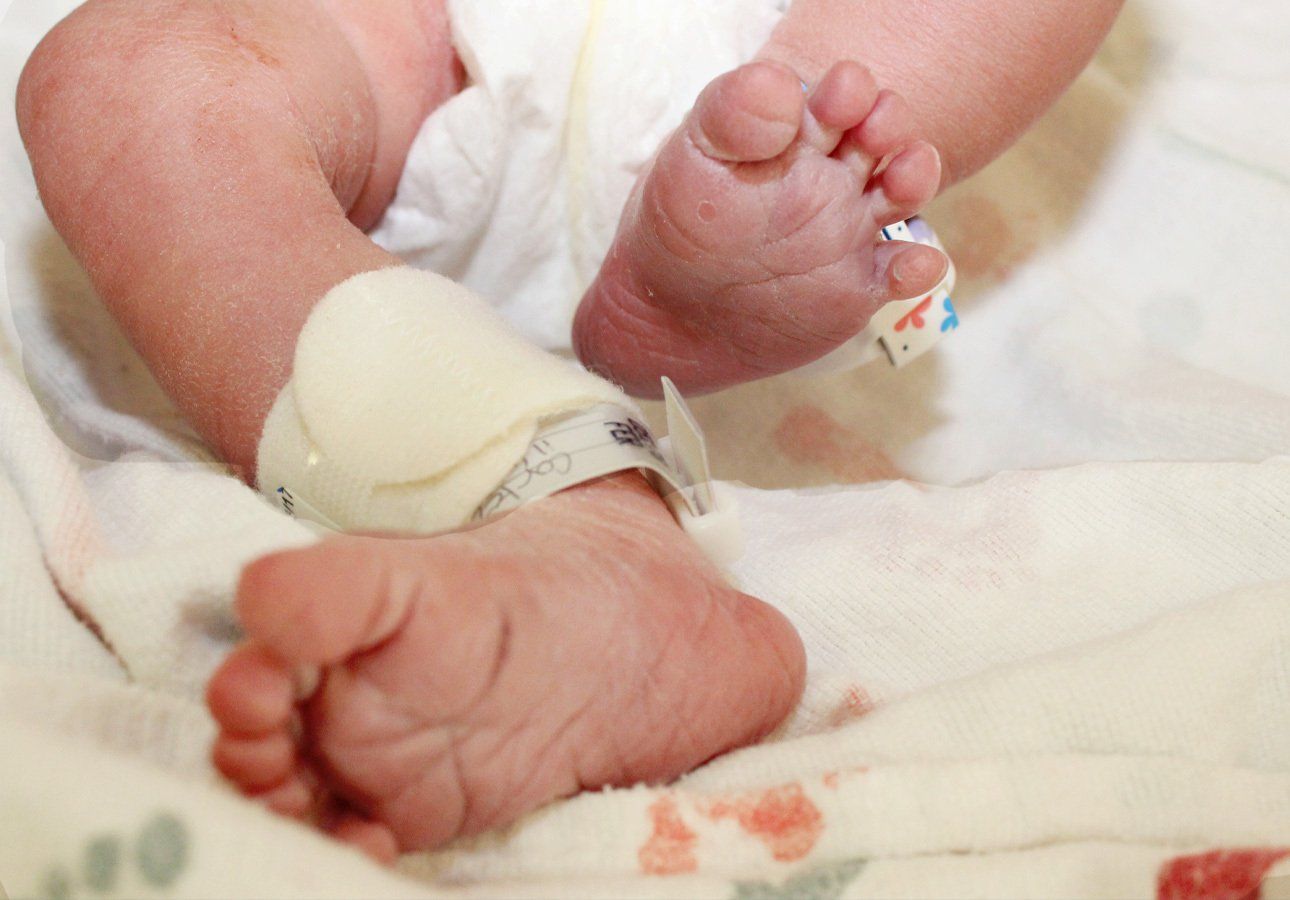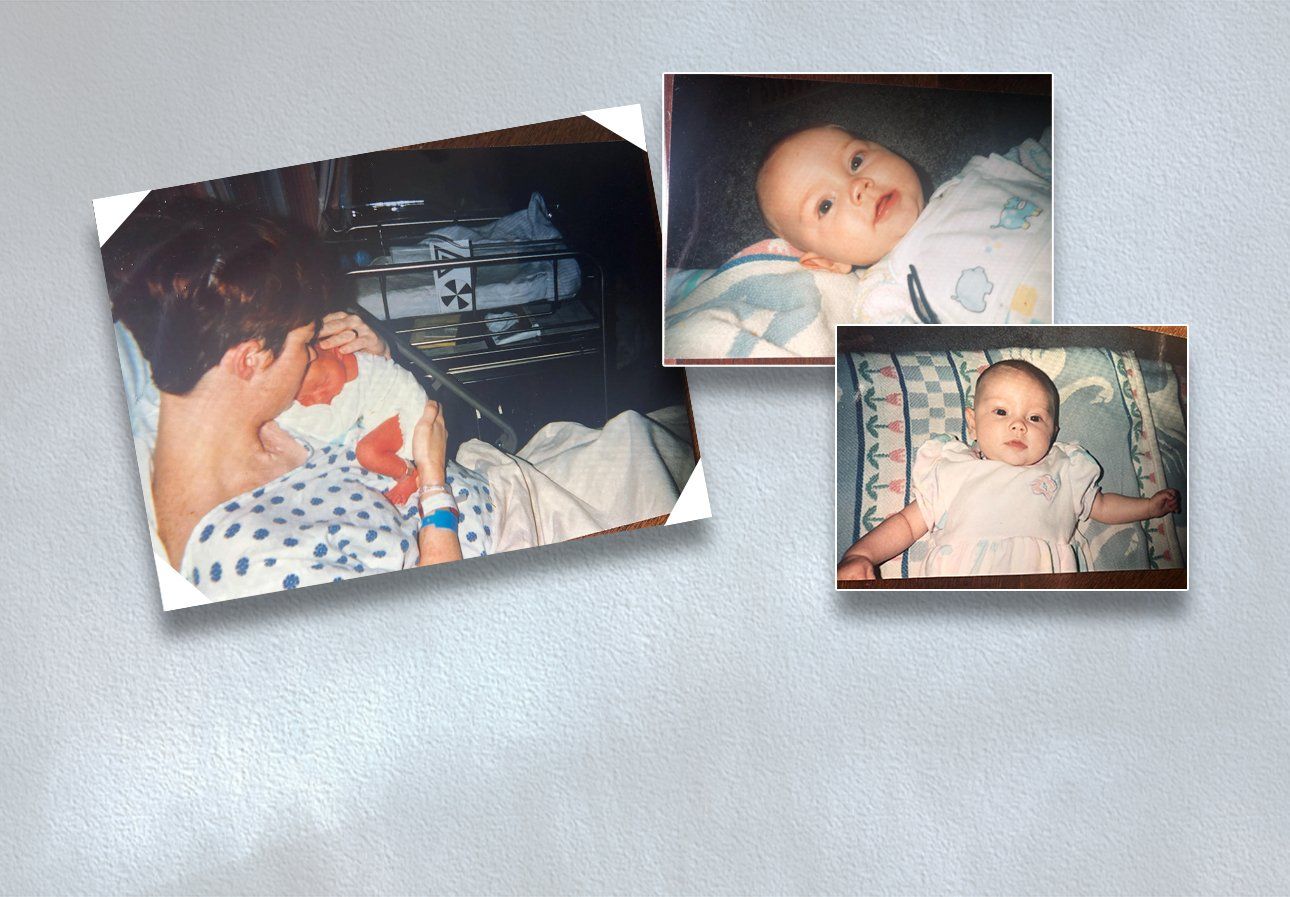Blog Layout
What is midwifery and is it right for me and my baby?
Jan 05, 2021
Despite myths and obstacles associated with midwifery, a growing number of Americans are turning to the practice for maternity care. In the late 1980s, only 3 percent of births were attended by a midwife. Today, that has grown to 9 percent. Still minuscule compared to obstetrician-attended births, but it is growing. In the US, the practice is often seen as unconventional – a fringe choice, something strange, or even perceived as “less than” when compared to OB-GYN care. Whereas in the UK and other countries, midwifery is at least as common as care by obstetricians and utilized in two-thirds of the births. How did the US get here? Is midwifery safe, and why choose it?
Misconceptions of midwifery-assisted births
Because midwifery is shrouded in a bit of mystery, people tend to think it is all-natural, with no doctors or medical expertise, no hospitals, and no drugs. That perception can be a deterrent for many expectant families. “My husband thought I was going to give birth on the living room floor. His perception was that if it wasn’t a doctor, then it was some sort of medieval practice,” she said. After they went through it with their first child, he agreed that it was the best experience for them.
“We wanted the family to be a part of the birthing process and have options and some control. I’ve tried water birth, epidural – pretty much every experience you can think of, except C-section – all with midwives,” said Zamora. “I’ve always felt very safe.”
“The midwives are there to help you however you need, which can include epidurals and pain meds. And an OB is available if necessary,” said Associate Professor Jessica Anderson, DNP, CNM, one of Zamora’s midwives, and the director of Midwifery Services at the University of Colorado College of Nursing. With the Center for Midwifery, who are part of the UC Health Hospital
and the University of Colorado College of Nursing, patients give birth at the Hospital on the Anschutz Medical Campus. “All of my children have been born there. I wouldn’t use anyone else,” said Zamora.
For midwives, pregnancy and labor are seen as normal life processes rather than conditions managed solely by medical professionals. That doesn’t mean everyone who uses a midwife has to have a labor and birth without pain medications. The majority of midwives in America practice in hospital settings with access to a full range of medications and other options. “From water birth to nitrous oxide to help alleviate pain to aromatherapy and epidural – you name it, we can do it,” said Anderson.
So, why does there appear to be an aversion to midwifery care in the US? The tide seemed to turn away from midwifery in the late 1800s with the advent of the hospital and medicine for clinical care, the introduction of germ theory, and new pain medications like anesthesia, which reduced much of the fear and discomfort associated with childbirth. Over time, hospitals began to be perceived as the safest places to give birth, and obstetricians started to bar midwives from practicing in them. Consequently, doctors became the primary caregivers in maternity care and by the early 1960s, midwifery was virtually extinct as a practice. At the same time these changes and innovations were occurring, the American medical system embraced a disease-based and curative philosophy. Childbirth was classified as a medical event and not necessarily a naturally occurring phenomenon. That philosophy shaped how the medical profession interacted with pregnant patients.
“The midwifery model of care emphasizes normalcy and wellness,” said Anderson. “Empowering women and giving them greater ownership of their health, their pregnancy, and the outcomes of that pregnancy based on choices that they make.” In years past, it was more the norm to give control about health care decisions to the provider. “We now have a generation of consumers who believe they should be involved in making healthcare decisions – especially when it comes to childbirth.”
Recent research shows that the US is facing a maternal health crisis. And despite the astronomical sums that the nation spends on maternity care, mortality rates for pregnant and postpartum individuals are significantly higher in America than in other wealthy countries. Because of a shortage of hospitals and OB-GYNs, especially in rural areas, many women struggle to access proper care during pregnancy and postpartum. Also, the rate of cesarean sections (C-sections) is exceedingly high at 32 percent. According to the World Health Organization, the ideal rate is around 10 percent.
Is it safe?
Most births in the US are low-risk and require little medical intervention. “Midwifery-assisted birth is a safe option for most,” said Anderson.
Research shows that midwife-attended births are as safe as physician-attended ones, and they are associated with lower rates of C-sections and other interventions that can be costly, risky, and disruptive to the labor process. A 2011 study published in Nursing Economics
found that mothers whose care was led by a nurse-midwife had lower rates of episiotomies, drug-induced labor, and vaginal tearing during delivery.
In the US, certified midwives and certified nurse-midwives must hold a graduate degree from an institution accredited by the Accreditation Commission for Midwifery Education
(ACME). This is designed to make midwives experts in normal physiological pregnancy and birth. Thus, for those with low-risk pregnancies who wish to deliver vaginally, it often makes sense to employ a midwife.


